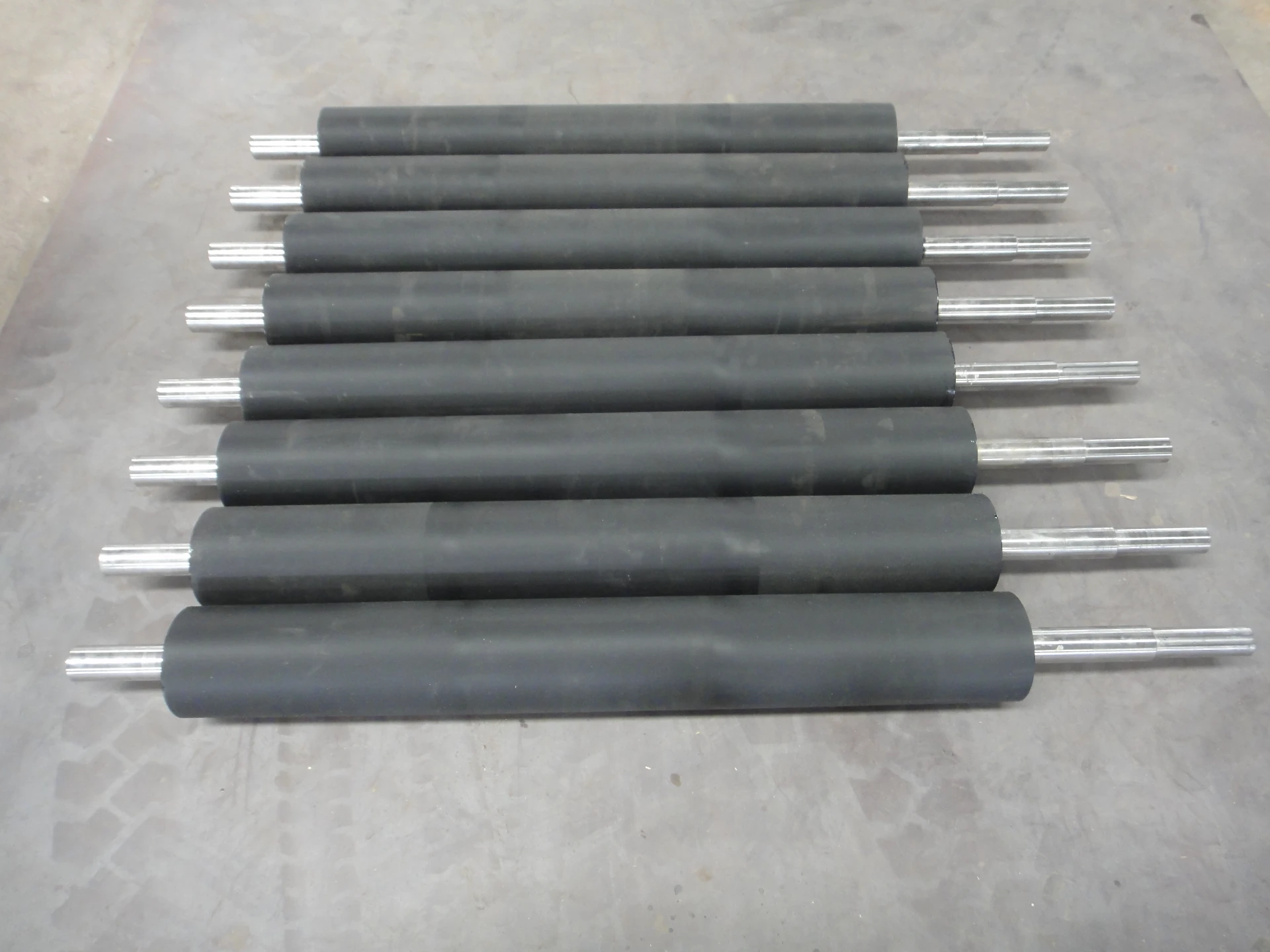 Afrikaans
Afrikaans  Albanian
Albanian  Amharic
Amharic  Arabic
Arabic  Armenian
Armenian  Azerbaijani
Azerbaijani  Basque
Basque  Belarusian
Belarusian  Bengali
Bengali  Bosnian
Bosnian  Bulgarian
Bulgarian  Catalan
Catalan  Cebuano
Cebuano  Corsican
Corsican  Croatian
Croatian  Czech
Czech  Danish
Danish  Dutch
Dutch  English
English  Esperanto
Esperanto  Estonian
Estonian  Finnish
Finnish  French
French  Frisian
Frisian  Galician
Galician  Georgian
Georgian  German
German  Greek
Greek  Gujarati
Gujarati  Haitian Creole
Haitian Creole  hausa
hausa  hawaiian
hawaiian  Hebrew
Hebrew  Hindi
Hindi  Miao
Miao  Hungarian
Hungarian  Icelandic
Icelandic  igbo
igbo  Indonesian
Indonesian  irish
irish  Italian
Italian  Japanese
Japanese  Javanese
Javanese  Kannada
Kannada  kazakh
kazakh  Khmer
Khmer  Rwandese
Rwandese  Korean
Korean  Kurdish
Kurdish  Kyrgyz
Kyrgyz  Lao
Lao  Latin
Latin  Latvian
Latvian  Lithuanian
Lithuanian  Luxembourgish
Luxembourgish  Macedonian
Macedonian  Malgashi
Malgashi  Malay
Malay  Malayalam
Malayalam  Maltese
Maltese  Maori
Maori  Marathi
Marathi  Mongolian
Mongolian  Myanmar
Myanmar  Nepali
Nepali  Norwegian
Norwegian  Norwegian
Norwegian  Occitan
Occitan  Pashto
Pashto  Persian
Persian  Polish
Polish  Portuguese
Portuguese  Punjabi
Punjabi  Romanian
Romanian  Russian
Russian  Samoan
Samoan  Scottish Gaelic
Scottish Gaelic  Serbian
Serbian  Sesotho
Sesotho  Shona
Shona  Sindhi
Sindhi  Sinhala
Sinhala  Slovak
Slovak  Slovenian
Slovenian  Somali
Somali  Spanish
Spanish  Sundanese
Sundanese  Swahili
Swahili  Swedish
Swedish  Tagalog
Tagalog  Tajik
Tajik  Tamil
Tamil  Tatar
Tatar  Telugu
Telugu  Thai
Thai  Turkish
Turkish  Turkmen
Turkmen  Ukrainian
Ukrainian  Urdu
Urdu  Uighur
Uighur  Uzbek
Uzbek  Vietnamese
Vietnamese  Welsh
Welsh  Bantu
Bantu  Yiddish
Yiddish  Yoruba
Yoruba  Zulu
Zulu Jan . 10, 2025 13:06
Back to list
idler in conveyor belt
Enhancing the efficiency and longevity of conveyor belt systems is a critical goal in numerous industries, from mining to manufacturing. A fundamental component in achieving this objective is the idler. An idler in a conveyor belt system might seem secondary at first glance, but its role is pivotal, influencing both operational efficiency and system durability.
From a maintenance perspective, regular inspection and lubrication of idlers are vital actions that can forestall potential failures. Failure to maintain these components can result in increased energy consumption, as a poorly functioning idler heightens the frictional resistance that the drive motor must overcome. Therefore, adhering to a rigorous maintenance schedule not only prolongs the lifespan of conveyor idlers but also optimizes the overall energy efficiency of the conveyor system. Furthermore, the integration of modern technology into idler design is an exciting frontier. The advent of smart idlers—equipped with sensors that monitor rotation speed, temperature, and other critical parameters—heralds a new era of predictive maintenance. These sensors provide real-time data, empowering operators to make informed decisions and predict maintenance needs before critical failures occur, thereby minimizing downtime and enhancing reliability. The importance of choosing the right idler cannot be overstated, especially in specialized industries such as mining and heavy manufacturing. Here, the stakes are incredibly high, and the wrong choice can lead to catastrophic system failures. Consulting with experts in conveyor systems and leveraging cutting-edge technologies can aid in making informed decisions tailored to specific operational needs. Ultimately, the idler's role in conveyor belt systems exemplifies the intersection of engineering precision and practical application. By diligently focusing on the performance and maintenance of idlers, industries can unlock significant efficiencies, reduce operational costs, and enhance the reliability of their conveyor belt systems. As conveyor technologies continue to evolve, embracing innovations in idler design and maintenance will remain crucial for businesses striving to maintain a competitive edge in their respective fields.


From a maintenance perspective, regular inspection and lubrication of idlers are vital actions that can forestall potential failures. Failure to maintain these components can result in increased energy consumption, as a poorly functioning idler heightens the frictional resistance that the drive motor must overcome. Therefore, adhering to a rigorous maintenance schedule not only prolongs the lifespan of conveyor idlers but also optimizes the overall energy efficiency of the conveyor system. Furthermore, the integration of modern technology into idler design is an exciting frontier. The advent of smart idlers—equipped with sensors that monitor rotation speed, temperature, and other critical parameters—heralds a new era of predictive maintenance. These sensors provide real-time data, empowering operators to make informed decisions and predict maintenance needs before critical failures occur, thereby minimizing downtime and enhancing reliability. The importance of choosing the right idler cannot be overstated, especially in specialized industries such as mining and heavy manufacturing. Here, the stakes are incredibly high, and the wrong choice can lead to catastrophic system failures. Consulting with experts in conveyor systems and leveraging cutting-edge technologies can aid in making informed decisions tailored to specific operational needs. Ultimately, the idler's role in conveyor belt systems exemplifies the intersection of engineering precision and practical application. By diligently focusing on the performance and maintenance of idlers, industries can unlock significant efficiencies, reduce operational costs, and enhance the reliability of their conveyor belt systems. As conveyor technologies continue to evolve, embracing innovations in idler design and maintenance will remain crucial for businesses striving to maintain a competitive edge in their respective fields.
Next:
Latest news
-
Revolutionizing Conveyor Reliability with Advanced Rubber Lagging PulleysNewsJul.22,2025
-
Powering Precision and Durability with Expert Manufacturers of Conveyor ComponentsNewsJul.22,2025
-
Optimizing Conveyor Systems with Advanced Conveyor AccessoriesNewsJul.22,2025
-
Maximize Conveyor Efficiency with Quality Conveyor Idler PulleysNewsJul.22,2025
-
Future-Proof Your Conveyor System with High-Performance Polyurethane RollerNewsJul.22,2025
-
Driving Efficiency Forward with Quality Idlers and RollersNewsJul.22,2025
OUR PRODUCTS





























